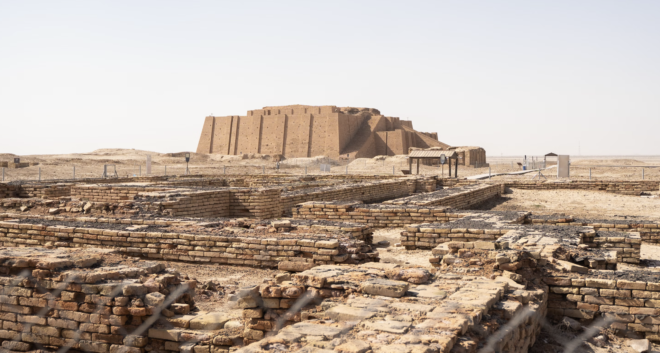
The Ziggurat of Ur, located in the province of UR-Nasiriyah, Dhi Qar, Iraq. Built in the 21st century BC by King Ur-Nammu, the Ziggurat of Ur was used as a temple to worship the moon god ‘Nannar’. This 4,000-year-old piece of archaeological history dates back to the first civilizations in human history, beginning with the Sumerians.
The Iraqi city of Nasiriyah has recorded the world’s highest temperature in the last day, reaching a scorching 48.7°C (119.7°F), according to data from the American Placerville station. The Nasiriyah News Network reported that 15 cities worldwide are registering extremely high temperatures due to climate change.
Nasiriyah topped the list, followed by another Iraqi city, Basra, which recorded 48°C (118.4°F).
Climate change is expected to have a disastrous effect on the Middle East, with Iraq, home to the Euphrates River and the birthplace of Abraham, experiencing more frequent heat waves. Neighboring countries Iran, Kuwait, and Saudi Arabia have also recorded record temperatures.

A low-energy Mudhif, or Iraq marshland reed hut. Keeps cool passively.
Local authorities in Iraq have not yet commented on measures being taken to address this extreme weather event or how they will protect people. There are calls for reducing air conditioner usage to avoid straining the electricity grid. TotalEnergies is exploring the construction of a solar power plant in the Basra area.
With a significant increase in electricity consumption, Iraq is facing the threat of brownouts and blackouts as a result of the high temperatures. A weather station in the south of the country recorded extreme heat index and dew point readings, showcasing the severity of the situation.
Comment your thoughts below and check out the latest updates on the world’s hottest temperature record in Iraq!






